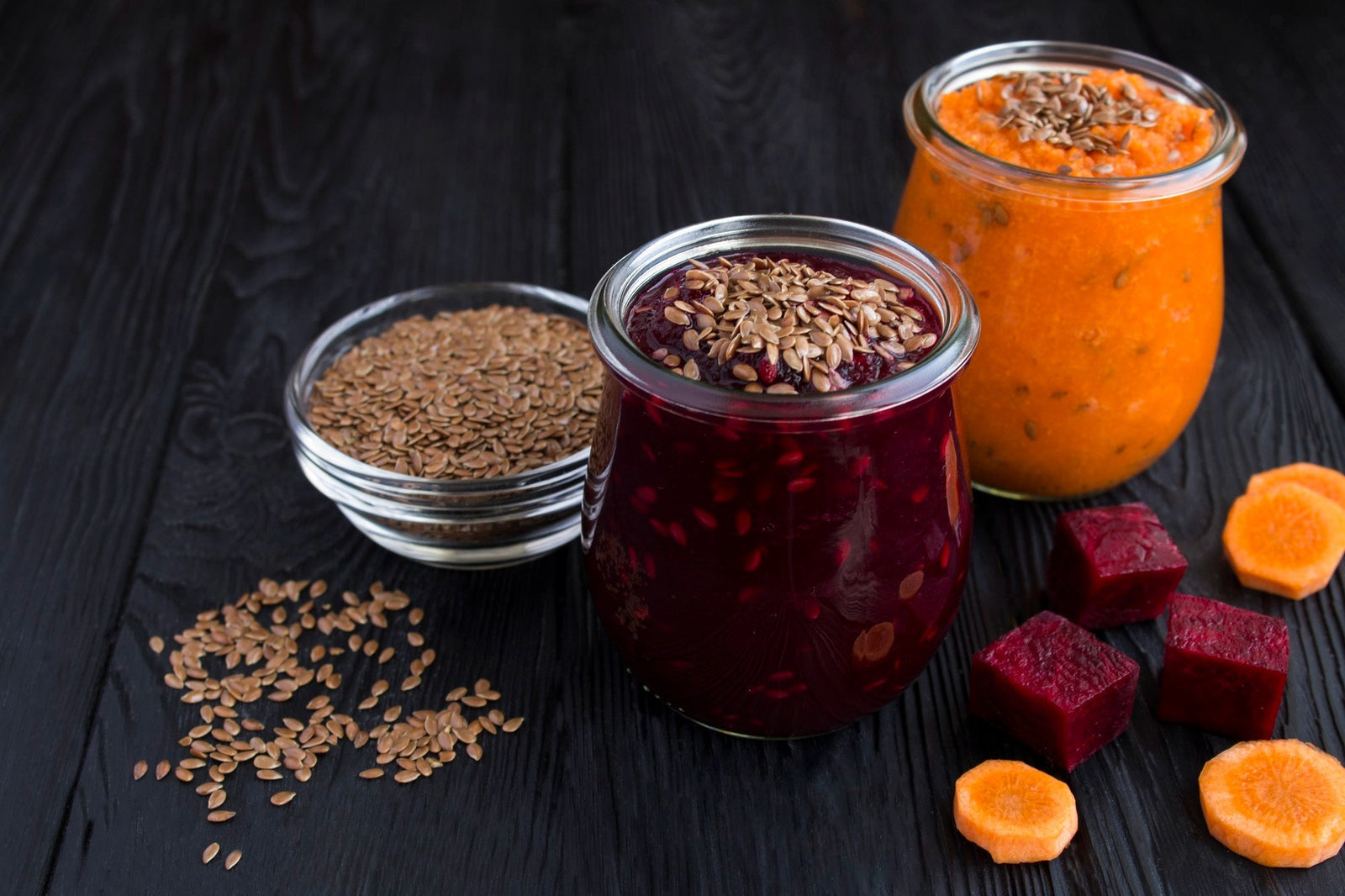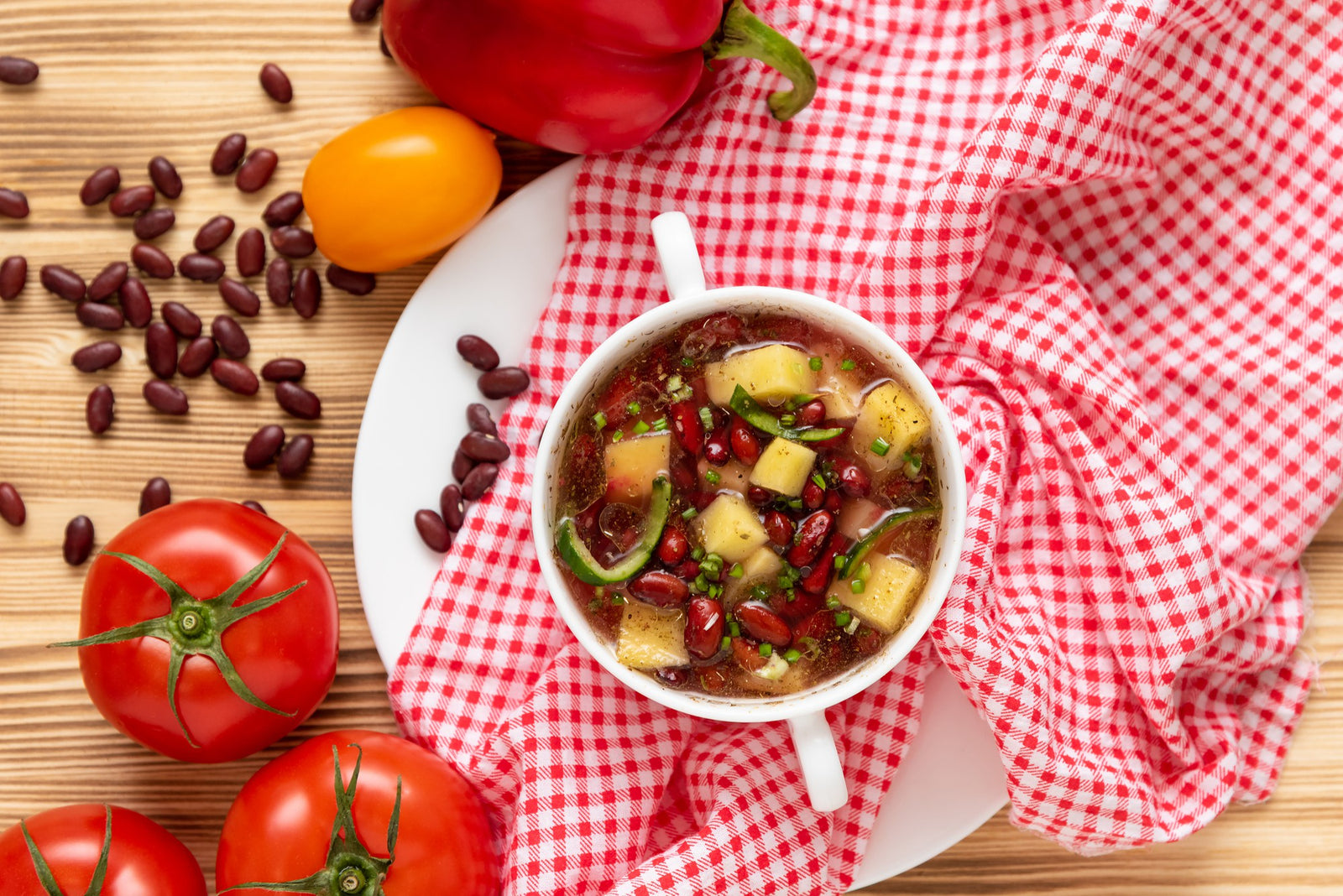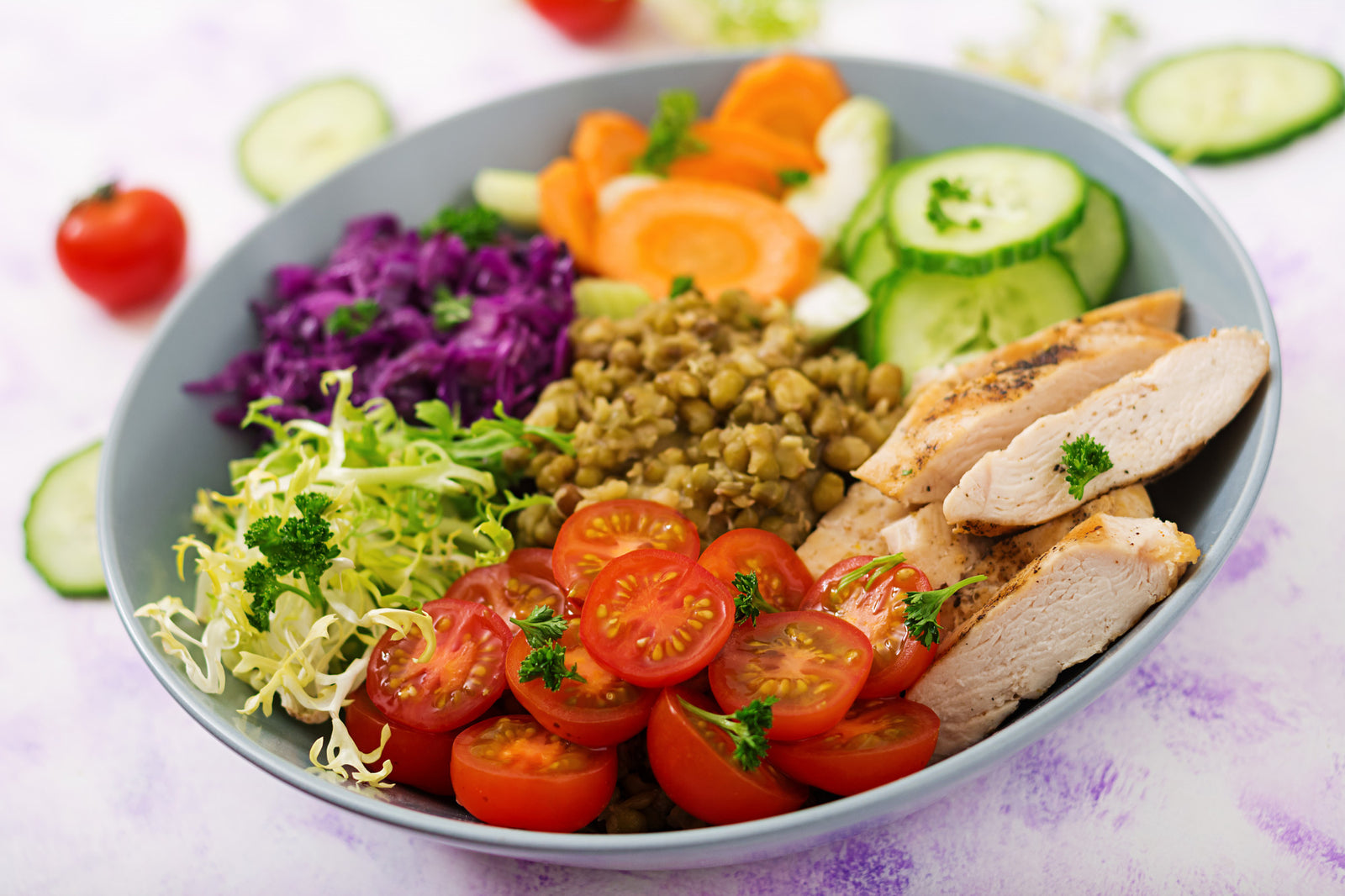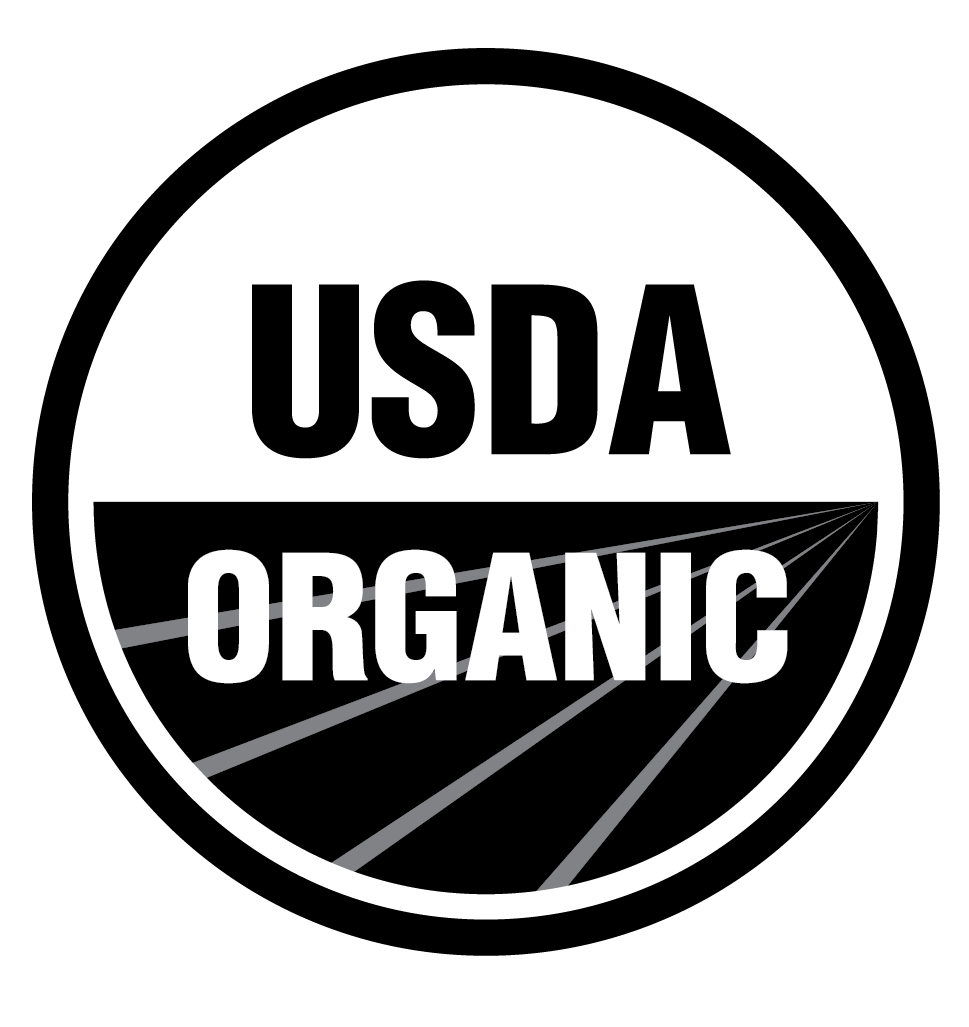
June 05, 2023 4 min read
Barley is a versatile grain that is a staple in many cuisines around the world. When it comes to barley, there are two main types: hulled barley and pearl barley. While both types of barley are nutritious and delicious, there are some key differences between the two. In this article, we will explore the nutritional benefits of hulled barley vs. pearl barley and help you decide which one is best for you.

Hulled barley, also known as dehulled or naked barley, is a whole grain that has had its tough, inedible outer hull removed. The hull is the outermost layer of the grain, and it is difficult to remove, which is why hulled barley is often more expensive than pearl barley.
Hulled barley has a chewy texture and a nutty flavor that is slightly sweeter than pearl barley. It is also more nutritious than pearl barley, as it contains more fiber, protein, and vitamins.
Pearl barley, on the other hand, is a type of barley that has been processed to remove both the hull and the bran. The bran is the layer of the grain that contains most of the fiber and nutrients.
Pearl barley is lighter in color and has a milder flavor than hulled barley. It also cooks more quickly than hulled barley and has a softer, more tender texture.
One of the main differences between hulled barley and pearl barley is their taste and texture. Hulled barley has a chewy texture and a nutty, slightly sweet flavor that is well-suited to hearty soups and stews. It is also a great grain to use in salads and pilafs.
Pearl barley, on the other hand, has a milder flavor and a softer, more tender texture. It is great for use in dishes where you want a more delicate grain, such as risottos or creamy soups.
Hulled barley, also known as dehulled or naked barley, is a whole grain that has had its tough, inedible outer hull removed. It is considered the most nutritious variety of barley, as it contains all three parts of the grain: bran, germ and endosperm.
One of the main nutritional benefits of hulled barley is its high fiber and protein content. Fiber is important for digestive health because it helps regulate bowel movements and prevent constipation. It can also help lower cholesterol and reduce the risk of heart disease. One cup of cooked, peeled barley contains 6 grams of fiber, which is 24% of the recommended daily value.
Hulled barley is high in protein: One cup of cooked hulled barley contains 5 grams of protein. Protein is important for building and repairing tissue in the body, as well as for maintaining a healthy immune system.
In addition to fiber and protein, hulled barley is also rich in vitamins and minerals. This product contains B vitamins including thiamin, riboflavin, niacin and vitamin B6. They are important for energy production and brain function. Hulled barley is also a source of iron, magnesium, phosphorus and zinc.
Pearl barley is a type of barley that has been processed to remove both the hull and the bran. This makes it less nutritious than hulled barley, as it is lower in fiber, vitamins, and minerals.
However, pearl barley is still a good source of nutrients. One cup of cooked pearl barley contains 3.5 grams of fiber, which is 14% of the recommended daily value. It is also a good source of B vitamins.
One of the benefits of pearl barley is that it cooks more quickly than hulled barley and has a softer, more tender texture. This makes it a great grain to use in dishes where you want a more delicate texture, such as risottos or creamy soups.

Both hulled barley and pearl barley are nutritious grains that can be incorporated into a healthy diet. However, if you are looking for a grain that is higher in fiber and nutrients, hulled barley is the better choice. Additionally, it is a wise choice for those trying to consume more protein.
If you are looking for a grain that cooks quickly and has a softer texture, pearl barley is a good choice. It is also a good source of fiber and B vitamins, although it is not as nutrient-dense as hulled barley.
Hulled barley and pearl barley are both nutritious grains that can be incorporated into a healthy diet. Hulled barley is the most nutritious type of barley, as it retains all parts of the grain and is higher in fiber, protein, vitamins, and minerals. Pearl barley, on the other hand, is a good source of fiber and B vitamins and cooks more quickly than hulled barley. When choosing between the two, it really depends on your personal preferences and the dish you are making.
❤ Try our USDA certified Hulled Barley and Pearl Barley ❤
Related Blogs:
Comments will be approved before showing up.

January 27, 2025 3 min read
Flaxseed, the tiny yet powerful superfood, is packed with nutrients that can support weight loss. From curbing hunger to stabilizing blood sugar, this guide dives into the science of how flaxseed can help you shed those extra pounds.

December 11, 2024 3 min read
Discover three quick and easy soup recipes featuring organic small red beans. From a classic vegetable soup to a creamy potato blend, these wholesome recipes are perfect for chilly days and busy weeknights. Packed with flavor and nutrition, these soups will warm your heart and soul this winter!

December 06, 2024 3 min read
This vibrant and nutritious Green Lentil Salad combines tender lentils with grilled chicken, fresh vegetables, and a zesty lemon dressing. Packed with protein, fiber, and essential vitamins, it’s the perfect healthy meal for any time of day.
© 2025 Be Still Farms- Real, Fine Organics.
Privacy | Terms | Refund Policy | Organic Certification
